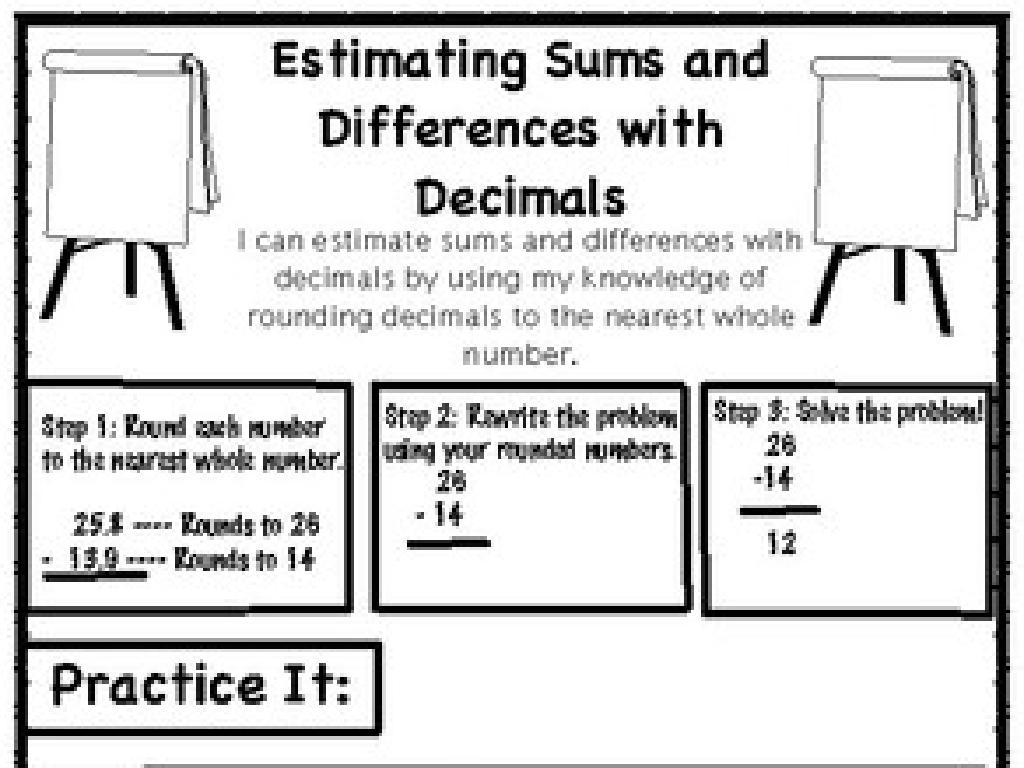Car Expenses
Subject: Life skills
Grade: High school
Topic: Personal Finance
Please LOG IN to download the presentation. Access is available to registered users only.
View More Content
Introduction to Car Expenses
– Personal finance essentials
– Overview of car expenses
– Costs like fuel, insurance, maintenance
– The impact on financial health
– Unmanaged expenses can lead to debt
– Strategies for management
– Budgeting, regular maintenance, and research
|
This slide introduces the concept of personal finance with a focus on car expenses, which is a significant part of many people’s budgets. It’s important to understand all the costs associated with owning a car, including fuel, insurance, maintenance, and unexpected repairs. Managing these expenses is crucial for maintaining financial health and avoiding debt. Strategies for managing car expenses include setting a budget, keeping up with regular maintenance to avoid larger costs down the line, and doing research before any major car-related financial decisions. Encourage students to think about all the potential costs of car ownership and how they can plan for and reduce these expenses.
Understanding Car Expenses
– New vs. Used purchase costs
– Initial cost varies; used cars may offer savings.
– Fuel: Gasoline vs. Electric
– Electric cars can save on fuel over time.
– Insurance types and necessity
– Liability, collision, comprehensive: protects assets.
– Maintenance and repair costs
– Regular upkeep prevents larger issues.
– Registration, taxes, and fees
– Legal obligations to drive; vary by location.
|
This slide aims to educate high school students on the various types of expenses associated with owning a car. Discuss the pros and cons of buying new versus used vehicles, considering depreciation and initial investment. Compare fuel costs, highlighting the long-term savings potential of electric vehicles despite higher upfront costs. Explain the different types of insurance, emphasizing its role in financial protection. Stress the importance of regular maintenance to avoid costly repairs and ensure safety. Lastly, cover the necessary legal fees like registration, taxes, and other mandatory charges, which can differ based on the state or country. Encourage students to research and calculate potential costs for different car models as a practical exercise.
Budgeting for Car Expenses
– Create a monthly car budget
– List all car-related expenses and allocate funds accordingly.
– Set aside funds for repairs
– Save a portion of income for maintenance and unexpected issues.
– Learn money-saving car tips
– Compare insurance, use apps for cheaper gas, and do regular maintenance.
– Understand total car costs
|
This slide aims to educate high school students on the importance of budgeting for car expenses as part of personal finance. Start by guiding them on how to create a comprehensive monthly budget for car expenses, including loan payments, insurance, fuel, and regular maintenance. Emphasize the importance of setting aside a portion of their budget for unexpected repairs to avoid financial strain. Share tips for saving money, such as shopping around for insurance, using apps to find cheaper gas, and keeping up with regular maintenance to prevent costly repairs. Lastly, help them understand the total cost of owning a car, including depreciation and registration fees, to give them a complete picture of car expenses.
The True Cost of Car Ownership
– Understanding Depreciation
– Depreciation: the car’s value decrease over time.
– Total Cost of Ownership
– Calculate costs: purchase price, maintenance, insurance, fuel.
– 5-Year Ownership Costs
– Over 5 years, consider depreciation, maintenance, fuel, insurance.
– Real-World Cost Example
– Example: Calculate a specific car model’s 5-year cost.
|
This slide aims to educate high school students on the financial responsibilities of owning a car. Depreciation is a key factor that affects a car’s value as it ages. Students should learn how to calculate the total cost of ownership, which includes initial purchase price, ongoing maintenance, insurance, and fuel costs. Provide a detailed example of a 5-year cost breakdown for a common car model to illustrate the concept. Encourage students to research and compare different vehicles to understand how depreciation and ownership costs can vary. This knowledge is crucial for making informed personal finance decisions regarding car purchases.
Reducing Car Expenses
– Maximize fuel efficiency
– Drive smoothly, maintain tire pressure, and reduce excess weight.
– Lower insurance premiums
– Shop around, bundle policies, and maintain a good driving record.
– DIY car maintenance tips
– Learn basic upkeep like oil changes and air filter replacements.
– Carpooling & public transit
– Share rides or use buses/trains to save on daily commute costs.
|
This slide aims to educate high school students on practical ways to reduce car-related expenses, a valuable life skill for personal finance management. Discuss the importance of fuel efficiency and how driving habits, vehicle maintenance, and unnecessary weight can impact fuel consumption. Explain how insurance premiums can be reduced by comparing rates, seeking discounts, and maintaining a clean driving record. Encourage students to learn simple car maintenance tasks to save money on service costs. Finally, highlight the economic and environmental benefits of carpooling and using public transportation. Provide real-life scenarios and calculations to illustrate potential savings.
Class Activity: Car Expense Planning
– Divide into groups, pick a car model
– Research all potential car expenses
– Consider costs like insurance, fuel, maintenance, and taxes
– Create a one-year car budget
– Present budget, discuss cost minimization
– Share strategies like carpooling, regular maintenance
|
This class activity is designed to help students understand the financial responsibilities that come with owning a car. By working in groups, they will engage in collaborative learning and critical thinking. Each group will select a car model and research all the potential expenses associated with it, including insurance, fuel, maintenance, taxes, and unexpected repairs. They will then create a detailed one-year budget for their chosen car. Afterward, groups will present their budgets to the class and discuss various strategies for minimizing costs, such as carpooling, conducting regular maintenance to avoid larger repair bills, and comparing insurance providers for the best rates. The teacher should facilitate the activity by providing guidance on where to find reliable information and how to create a budget. Possible resources include consumer reports, insurance websites, and maintenance cost calculators.






